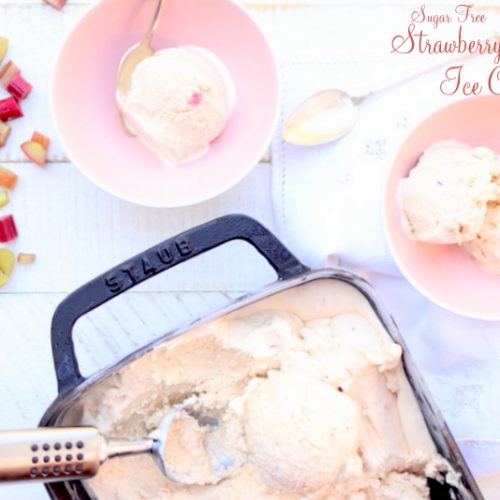READ ALL INGREDIENT LABELS AND STAY CLEAR OF PRODUCTS THAT LIST SUGAR AS AN INGREDIENT IN ALL ITS FORMS:
Agave Nectar
Barbados Sugar
Barley Malt
Barley Malt Syrup
Beet Sugar
Brown Sugar
Buttered Syrup
Cane Sugar
Cane Juice Crystals
Cane Sugar
Caramel
Carob Syrup
Caster Sugar
Coconut Palm Sugar
Coconut Sugar
Confectioners Sugar
Corn Sweetener
Corn Syrup
Corn syrup solids
Date sugar
Dehydrated Cane Juice
Demerara Sugar
Dextrin
Dextrose
Evaporated Cane Juice
Free flowing brown sugar
Fructose
Fruit Juice
Fruit Juice concentrate
Glucose
Glucose solids
Golden Sugar
Golden Syrup
Grape Sugar
High Fructose corn syrup
Honey
Icing sugar
Invert Sugar
Malt Syrup
Maltodextrin
Maltol
Maltose
Mannose
Maple Syrup
Molasses
Muscovado
Palm Sugar
Panocha
Powdered Sugar
Raw Sugar
Refiners syrup
Rice Syrup
Saccharose
Sorghum Syrup
Sucralose(compliant)
Sucrose(not compliant)
Sugar
Sweet Sorghum
Syrup
Treacle
Turbinado Sugar
Yellow Sugar



